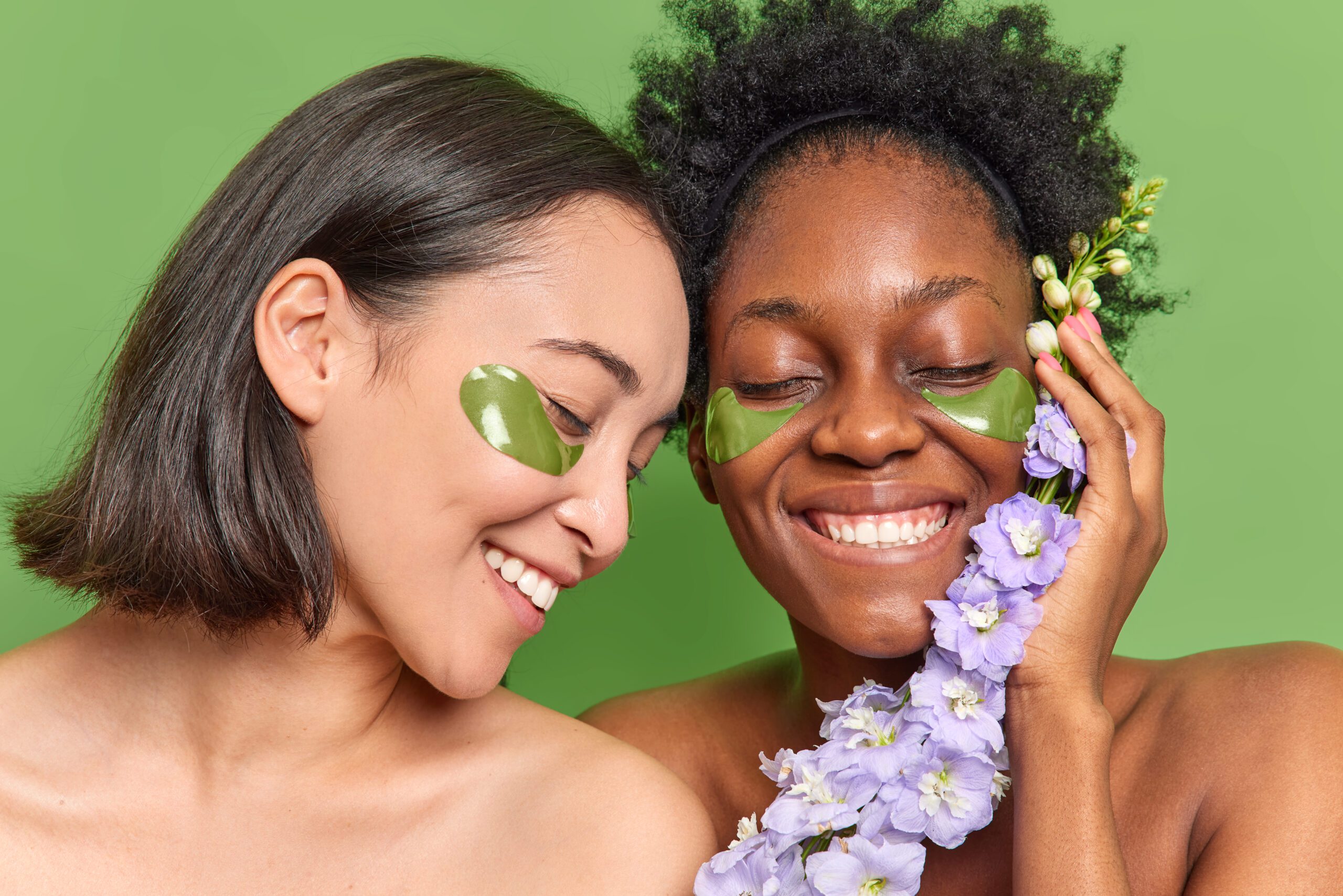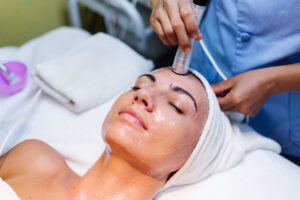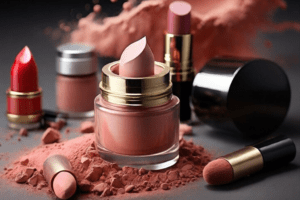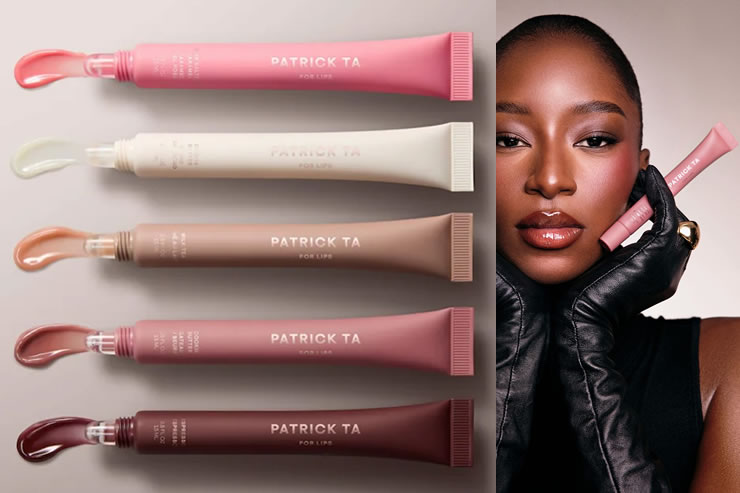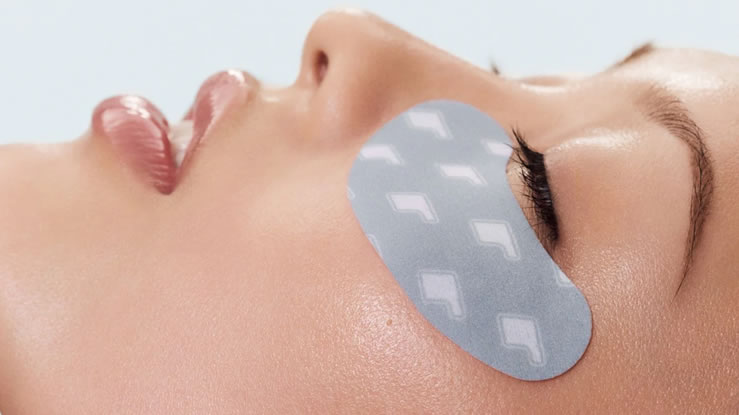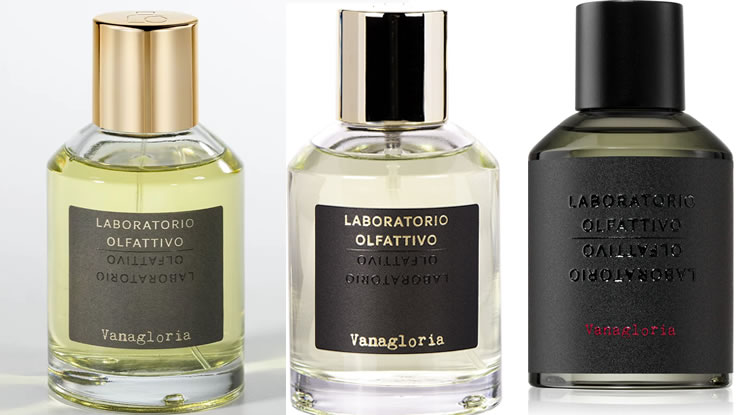In a world where beauty trends shift rapidly from glass skin to clean beauty to minimalist aesthetics, one ancient practice has quietly stood the test of time: Ayurvedic beauty. Rooted in India’s 5,000-year-old healing system known as Ayurveda, this philosophy goes far beyond creams and serums. It’s a lifestyle that harmonizes the body, mind, and spirit to reveal your natural radiance from within.
Ayurvedic beauty isn’t just about glowing skin or lustrous hair. It’s about achieving balance, vitality, and harmony because in Ayurveda, beauty is a reflection of inner wellness. When your doshas are balanced and your digestion, sleep, and emotions are in sync, your skin naturally glows, your hair shines, and your energy feels magnetic.
Let’s explore what Ayurvedic beauty truly means, its core principles, the ingredients and rituals that define it, and how you can embrace this timeless approach in your modern self-care routine.
The Philosophy Behind Ayurvedic Beauty
At its core, Ayurveda (derived from Sanskrit words Ayur, meaning life, and Veda, meaning knowledge) is the science of life, a holistic system that teaches how to live in balance with nature. In Ayurvedic beauty, the skin, hair, and body are reflections of your inner health and mental state.
This means that beauty isn’t achieved by external products alone but through lifestyle, diet, and emotional well-being. A glowing face, therefore, is considered a sign of good digestion (agni), proper hydration, mental clarity, and spiritual balance.
The Three Doshas and Their Role in Beauty
According to Ayurveda, every person has a unique constitution called a dosha, formed from the five elements: air, fire, water, earth, and space. These doshas govern both body and personality traits, and understanding your type helps you tailor your skincare and wellness routine effectively.
1. Vata (Air + Space):
Vata types tend to have dry or thin skin and are prone to premature wrinkles and dullness when imbalanced. They need deep hydration, warmth, and grounding rituals.
2. Pitta (Fire + Water):
Pitta individuals usually have sensitive or combination skin that can flush or break out easily. They thrive with cooling, soothing herbs and oils that calm inflammation.
3. Kapha (Earth + Water):
Kapha skin is often thick, oily, and resilient, but can suffer from congestion or enlarged pores. Detoxifying and invigorating treatments keep it balanced.
Recognizing your dominant dosha helps you understand your body’s tendencies and how to bring your skin back to equilibrium.
The Ayurvedic View of Skin
In Ayurveda, the skin (twacha) has seven layers, each connected to your internal organs and emotions. When toxins (ama) accumulate in your system from poor diet, stress, or environmental pollution, they show up as acne, dullness, pigmentation, or other skin issues.
Rather than masking the symptoms, Ayurvedic beauty rituals aim to purify from within, supporting digestion, circulation, and emotional calm to restore balance and vitality.
Ayurvedic Ingredients for Radiant Skin
Ayurvedic beauty relies on nature’s pharmacy herbs, flowers, roots, and oils known for their healing powers. Some of the most revered ingredients include:
Turmeric: Known as haldi, it has powerful anti-inflammatory and brightening properties. It helps fade scars, even out skin tone, and fight acne.
Sandalwood: Cooling and soothing, sandalwood calms irritated skin and enhances glow.
Aloe Vera: Hydrating and anti-aging, it locks in moisture and promotes cell regeneration.
Neem: A natural antibacterial herb that purifies the skin and controls excess oil.
Rose: Symbol of beauty and femininity, rose water tones, hydrates, and balances all doshas.
Ashwagandha: Often called Indian ginseng, it rejuvenates skin cells and reduces signs of stress.
Saffron: Considered a luxury ingredient in Ayurveda, saffron improves complexion and adds radiance.
Coconut Oil: Nourishes, cools, and softens the skin while supporting the skin barrier.
These ingredients are usually combined in masks, oils, and herbal pastes customized according to your dosha and skin needs.
Daily Ayurvedic Beauty Rituals
Ayurvedic beauty is built around rituals that enhance both physical and emotional well-being. Each practice is designed to bring you back into rhythm with your body’s natural cycles.
1. Abhyanga (Self-Massage):
One of Ayurveda’s most loved rituals, Abhyanga, involves massaging the body with warm oil before bathing. Sesame oil suits Vata types, coconut oil for Pitta, and mustard or almond oil for Kapha. This daily ritual boosts circulation, detoxifies, softens skin, and calms the mind.
2. Ubtan (Herbal Face or Body Mask):
Traditional Indian brides use ubtan, a mix of chickpea flour, turmeric, and milk, to brighten skin. It gently exfoliates, removes tan, and leaves the skin soft and luminous.
3. Cleansing with Herbal Powders:
Instead of foaming cleansers, Ayurveda uses gentle herbal powders made from lentils, neem, or sandalwood to cleanse without stripping moisture.
4. Nasya and Hair Oiling:
Applying a few drops of medicated oil to the nostrils (nasya) or massaging the scalp with warm oils helps maintain lustrous hair and relieve tension.
5. Diet and Digestion:
Ayurvedic beauty starts from within. Eating fresh, seasonal foods that suit your dosha supports clear skin and hormonal balance. Spices like cumin, turmeric, and coriander improve digestion and detoxification.
6. Yoga and Meditation:
Calming the mind is just as important as caring for the skin. Stress reduction through yoga and meditation prevents imbalances that often manifest as breakouts or dullness.
Ayurvedic Haircare Principles
Healthy hair in Ayurveda is linked to strong digestion, hormonal harmony, and good blood circulation. Hair loss or dullness is seen as a sign of internal imbalance.
Common Ayurvedic herbs for hair health include:
-
Bhringraj: The “king of herbs” for hair growth and strength.
-
Amla (Indian Gooseberry): Rich in vitamin C, it promotes shine and reduces premature graying.
-
Brahmi: Nourishes the scalp, reduces stress, and enhances thickness.
-
Fenugreek (Methi): Strengthens hair follicles and combats dandruff.
Warm oil massages, herbal hair packs, and gentle cleansing using shikakai or reetha (soapnut) help maintain long, healthy hair naturally.
Ayurvedic Beauty and Modern Science
Modern science has begun to recognize what Ayurveda has practiced for centuries. Studies show that herbs like turmeric and ashwagandha contain antioxidants and anti-inflammatory compounds that improve skin texture and delay aging.
Furthermore, Ayurvedic skincare avoids harsh chemicals, synthetic fragrances, and alcohols, making it ideal for sensitive or reactive skin types. It aligns perfectly with the modern clean beauty and slow skincare movements that value transparency and sustainability.
Customizing Ayurvedic Beauty to Your Dosha
Each dosha has specific beauty needs. Here’s how to align your regimen accordingly:
For Vata: Focus on deep hydration with rich oils, ghee, and creamy masks. Avoid caffeine and cold foods. Sleep well and protect your skin from wind or dryness.
For Pitta: Use cooling ingredients like rose, cucumber, and aloe vera. Avoid spicy foods and prolonged sun exposure. Focus on calming rituals like meditation.
For Kapha: Detox regularly with dry brushing, clay masks, and stimulating massages. Exercise daily to improve circulation and reduce sluggishness.
The Spiritual Side of Ayurvedic Beauty
Ayurvedic beauty also connects deeply with spirituality. It views self-care as an act of reverence toward one’s body, a sacred vessel of life energy. Every oil massage, herbal bath, or breath practice becomes a meditative ritual that nurtures self-love and gratitude.
This mindful approach distinguishes Ayurvedic beauty from modern vanity-driven routines. It’s not about chasing perfection but restoring harmony between body, mind, and nature.
Why Ayurvedic Beauty Is Trending Now
With growing awareness of the impact of synthetic products on health and the environment, more people are turning to ancient wisdom for sustainable alternatives. The rise of brands like Forest Essentials, Kama Ayurveda, and SoulTree has brought Ayurvedic beauty into mainstream global markets.
Celebrities and influencers have also contributed to the movement, showcasing Ayurvedic oils, face masks, and natural remedies as part of their self-care rituals. Its appeal lies in being holistic, eco-friendly, and deeply nourishing both physically and emotionally.
Incorporating Ayurveda into a Modern Routine
You don’t have to completely overhaul your regimen to enjoy Ayurvedic beauty. Start small, maybe with an oil massage twice a week or replacing your cleanser with a herbal powder. You can gradually integrate Ayurvedic teas, tongue scraping, or mindful breathing to enhance your inner glow.
The key is consistency. Ayurveda rewards those who commit to daily habits, not quick fixes. Over time, your skin becomes more resilient, your energy steadier, and your beauty radiant from the inside out.
The Future of Ayurvedic Beauty
As consumers continue to seek authenticity and sustainability, Ayurvedic beauty is poised to become a cornerstone of modern skincare philosophy. The fusion of traditional herbal wisdom with modern biotechnology is opening new doors from adaptogenic skincare formulas to personalized dosha-based beauty diagnostics.
This future emphasizes wholeness, not just treating the skin but nurturing every aspect of self. And that’s what makes Ayurveda timeless.
Ayurvedic beauty is more than a skincare routine; it’s a way of living in harmony with yourself and nature. It teaches that true beauty arises when body, mind, and soul align in balance. Every herb, oil, and ritual in Ayurveda is designed to bring you closer to that equilibrium, glowing not just on the outside, but from the heart outward.
By embracing Ayurvedic beauty, you’re not only caring for your skin but honoring an ancient lineage of holistic wisdom that celebrates self-love, mindfulness, and inner peace.

